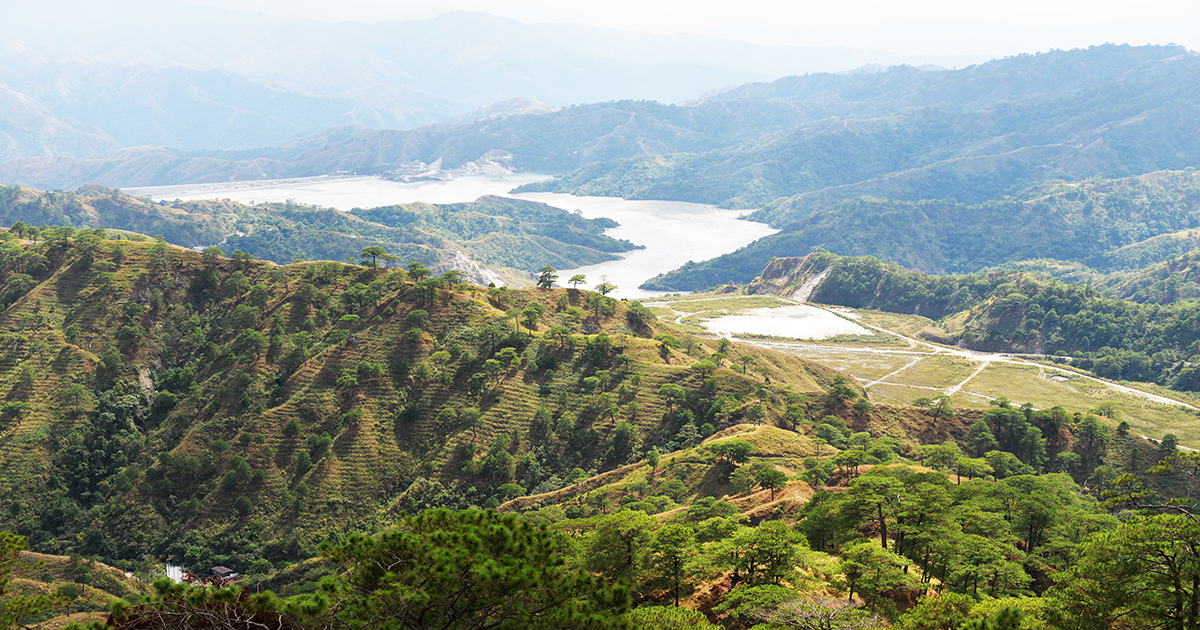
PHILEX MORE THAN DOUBLES 2017 EPEP SPENDING TO P412M

TUBA, Benguet – Philex Mining Corp. has continued exceeding the fulfillment of its obligation to protect the environment, including maintaining the stability of its tailings pond, spending more than double of what was required for its 2017 environmental and enhancement projects.
This means the company had spent P412.37 million for last year’s Environmental Protection and Enhancement Program (EPEP) for Padcal mine, its gold-and-copper operations in this province, or 11.45 percent of its direct mine and milling costs of P3.6 billion. The total expenditure is 93.7 percent of the allotted 2017 EPEP budget of P440.07 million.
“We focus more on having safer surroundings and more stable operations-related structures, as we have always done,” Julius Bayogan, the outgoing EQMED manager, said.
He is referring mostly to the stability of Padcal’s Tailings Storage Facility No. 3 (TSF3) and its accompanying structure, the open spillway. Overall, the environmental and enhancement projects under the Annual EPEP (AEPEP) covers the management of land and water resources, hazardous waste, and air quality, as well as the third-party monitoring of mine facilities.
A comprehensive and strategic environmental-management plan for the life of the mine, the AEPEP requires a miner to spend 3 – 5 percent of its direct mine and milling costs for the same year.
In its 30-page 2017 report on the mine rehabilitation fund committee for Padcal mine, the EQMED said Philex Mining spent P143.96 million to complete the spillway and ensure its integrity to withstand earthquakes and typhoons.
It added that the water-resource management, as indicated in the fourth quarter of its 2017 EPEP report, covers mainly the improvement of the open spillway and the maintenance of the offset dike at its TSF3, in Itogon town’s Sitio Balog, Brgy. Ampucao.
Among the projects under the land-resource management, on the other hand, include reforestation program, the collection of garbage around the Padcal community and hauling this to a sanitary landfill at the decommissioned and rehabilitated TSF2, in Brgy. Ampucao’s Sitio Bagbag, the deepening of a creek, and the backfilling of a subsidence area.
For its reforestation projects, the company had established 50 hectares more of land area planted with various forest trees and other plant species, such as antso-an dilau, Benguet pine, calliandra, gmelina, Arabica coffee, guava, kupang, narra, jackfruit, avocado, and bougainvillea. The number of previously reforested areas cared for and maintained by the company in 2017, meanwhile, amounted to 100 hectares.
Bayogan said the nursery at Padcal mine produced 227,195 seedlings of various tree species, and began propagating seeds of fruit-bearing trees that had been donated by employees through a groundbreaking program.
He added that while the reforestation projects are done annually during the rainy season starting from June until December, the other programs are carried out year-round.
For air-quality management, which is being monitored regularly by a multisectoral committee, Bayogan said Philex Mining has several sampling stations within the area of its operations and many more of the same in the adjoining areas of Padcal mine, in accordance with the regulations on clean air and water.
“Exceeding the expectations or what is being required of us is nothing new at Philex Mining,” the company’s AVP and Padcal’s assistant resident manager, Roy Mangali, said.
In 2016, Padcal mine’s environment-related expenses reached P446 million, or 12 percent of Philex Mining’s direct mine and milling costs of P3.69 billion for the same year. In 2015, the company spent P269 million for its EPEP, or 7 percent of direct mine and milling costs amounting to P3.8 billion.
